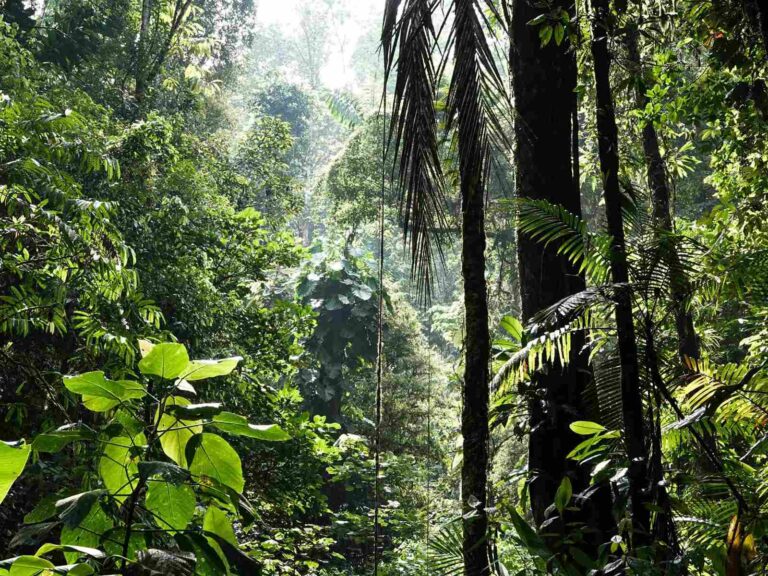The nature positive concept envisions halting the loss of biodiversity and, indeed, getting to enrich it through the protection of ecosystems and the restoration of degraded ones.
This goal is to be achieved through three stages: zero net loss of nature from 2020; positive net balance by 2030; full nature recovery by 2050.
The world is grappling with three interconnected crises: climate change, unsustainable development patterns, and biodiversity loss.
At the very least, there are targets for the first two. These are carbon neutrality and the UN Sustainable Development Goals, respectively.
Until now, no equivalent has ever been established for biodiversity. This is why, for some time, experts and NGOs have been debating the concept of nature positive.
Table of Contents
What does nature positive mean
What does nature positive mean? Summing up a lot, it means improving the condition of biodiversity. Which is one step more than simply protecting nature that already exists.
The so-called global goal for nature identifies three measurable time targets that need to be met to make our planet nature positive:
- zero net loss of nature starting in 2020;
- net positive balance by 2030;
- full nature recovery by 2050
We mention “Net” loss because it is inevitable that in the short term we will see the degradation of some natural environments, for example due to urban development.
However, 2020 was given as the date from which these losses had to be offset through the protection of natural areas. The mechanism is the same as net zero. Human activities will always emit CO2 into the atmosphere, but the amount need to decrease until it is equivalent to that removed from forests and oceans over the same time period.
What ecosystem restoration is for
There are many different but interrelated intermediate actions that can steer the planet toward a climate-positive future:
- preventing the extinction of known threatened species;
- protecting and conserving at least 30 percent of marine, terrestrial, and freshwater ecosystems;
- restoring 20 percent of native vegetation in the most densely transformed areas;
- and restoring 350 million degraded and deforested hectares by 2030.
What is the difference between positive natures and other environmental goals
When talking about positive natures, it’s important not to confound it with other climate and environmental goals that might appear similar. As anticipated, in fact, the concept of positive nature plans to stop the loss of biodiversity and, indeed, to enrich it through the protection of ecosystems and the restoration of degraded ones.
Carbon neutrality
Carbon neutrality, on the other hand, is the situation in which the greenhouse gases emitted by man are equal to those removed from the atmosphere over a certain period of time. This is why we also talk about net zero, or zeroing of net emissions. The latter, however, differs because it is a science-based objective, i.e. supported by scientific analysis.
Climate positive
Especially in some corporate strategies lately we also hear about positive climates, although there is still no univocal definition. One of the most common interpretations has it that this means removing more greenhouse gases from the atmosphere than are emitted, for example through forestation projects.
Carbon-negative
A carbon negative process, on the other hand, induces a permanent removal of CO2 from the ecosystem. A forest does not meet this requirement, because it stores it in the atmosphere but does not cage it securely forever.
Read also: Bhutan is the first carbon-negative country in the world












